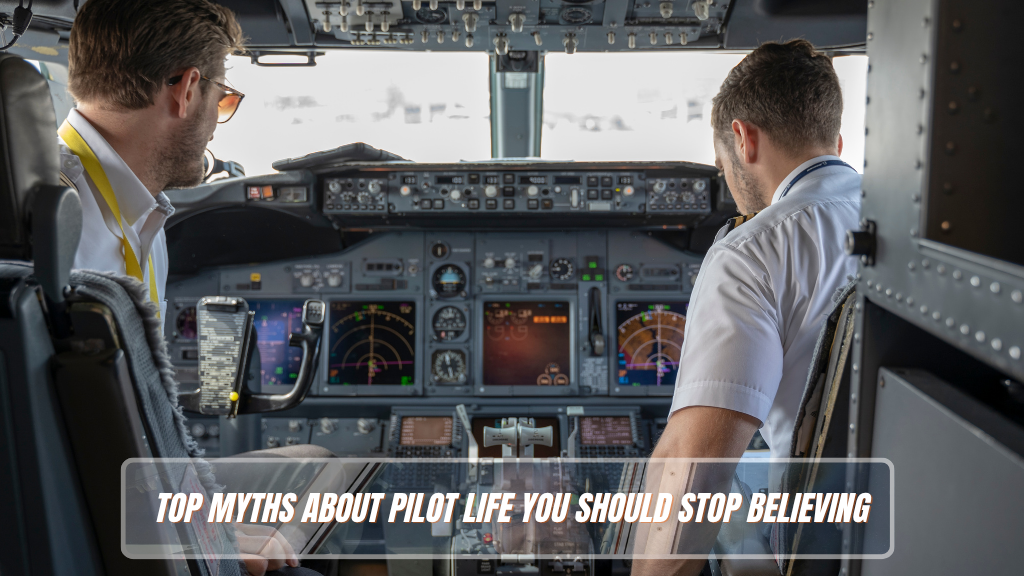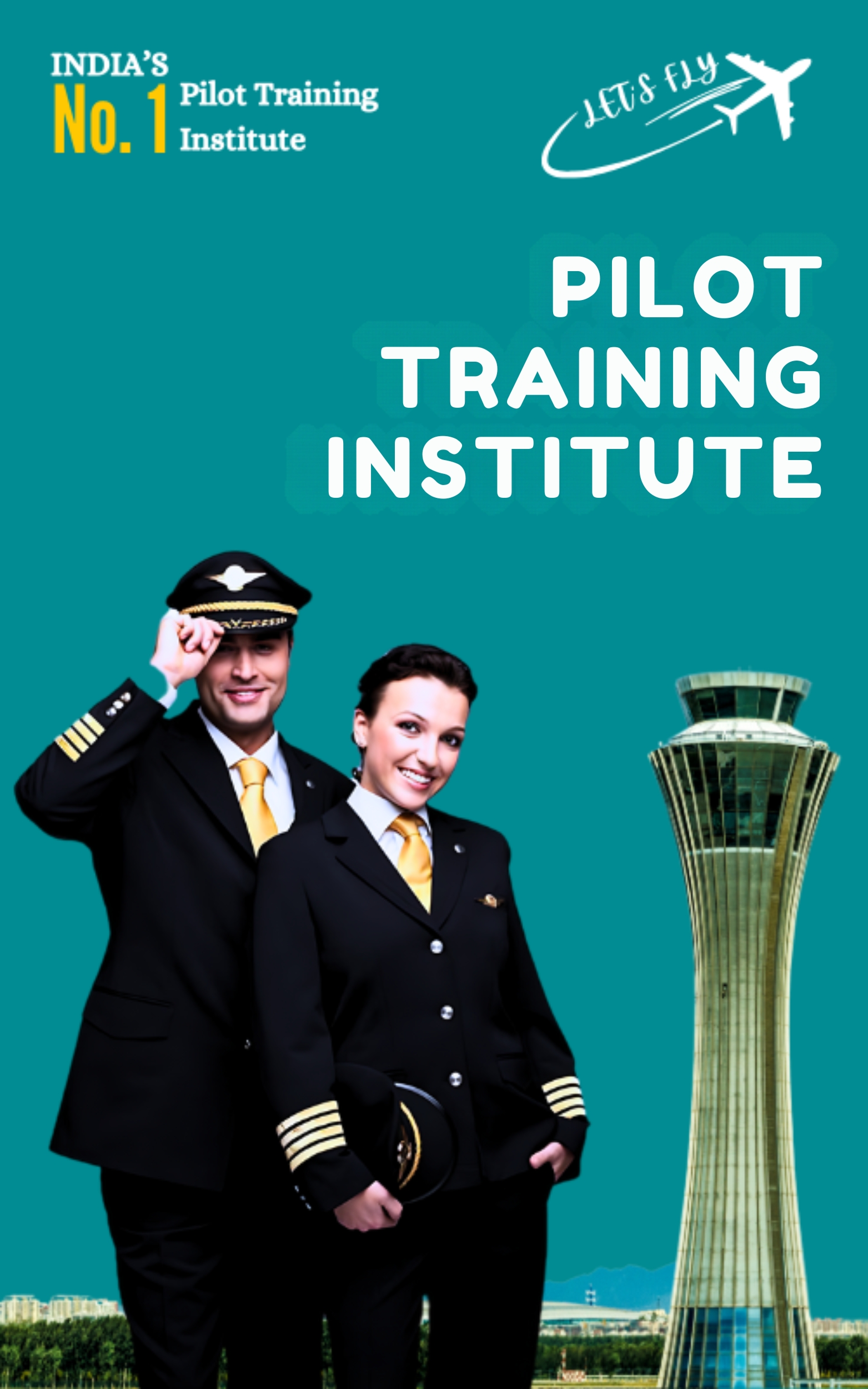Top Myths About Pilot Life You Should Stop Believing
If you’re someone who dreams of flying or simply follows aviation closely, you’ve definitely heard a dozen myths about what a pilot’s life looks like. From “pilots earn crores from day one” to “they only work a few hours and travel for free,” the misconceptions never end.
The truth? Pilot life is exciting, rewarding, and full of learning — but it’s also far more disciplined, structured, and demanding than most people think.
Let’s break down some of the biggest myths about being a pilot, and uncover the reality behind the wings.
Myth 1: Pilots Earn Massive Salaries from Day One
This is the largest and most widespread myth at all. People think that a newly qualified CPL (Commercial Pilot License) holder will get a huge payment in his first airline job straight away.
Reality:
Pilot salaries are dictated by various factors, such as the kind of aircraft, the airline’s needs, the number of vacancies, the costs of training, and the airline’s demand, among others. New pilots will often take months to prepare themselves for the airline’s tests, interviews, and simulator checks before getting their first paycheck.
For those pilots starting on the bottom rung of the ladder, the salary is insignificant at first; however, as they gain experience and undergo promotions, the pay becomes more substantial.
Myth 2: Pilots Have a Glamorous Lifestyle 24/7
Instagram frequently depicts pilots in hotels, at exotic beaches, and airports, which makes people think their lives revolve around luxury and travel.
Reality:
A pilot’s schedule is tightly regulated. Layovers are often short, sometimes just overnight. Flight duty timings, fatigue rules, and operational restrictions shape their day more than “vacation vibes.”
Yes, there are perks — but behind every destination, there is planning, briefing, weather checks, paperwork, and responsibility.
Myth 3: Flying an Aircraft Is Mostly Done by Autopilot
Another favourite myth is that pilots press a few buttons and the aircraft flies by itself.
Reality:
Autopilot is not a replacement for the pilot. It’s a tool.
Pilots take decisions, manage systems, monitor performance, communicate with ATC, handle abnormal situations, and are responsible for every phase of flight — especially takeoff, landing, and emergency scenarios.
Automation only reduces workload; it doesn’t replace the human.
Myth 4: Pilots Barely Study After Becoming a CPL Holder
Many believe pilot training ends once you get your CPL. That’s far from the truth.
Reality:
Aviation is a never-ending learning process. Pilots have to keep on studying about the aircraft systems, updates in the SOP, and other manuals like ATC, performance, etc. through their whole career.
Myth 5: Pilot Jobs Are Guaranteed If You Have Money
There are people who think that if someone can pay for the training, the job is theirs for the taking.



